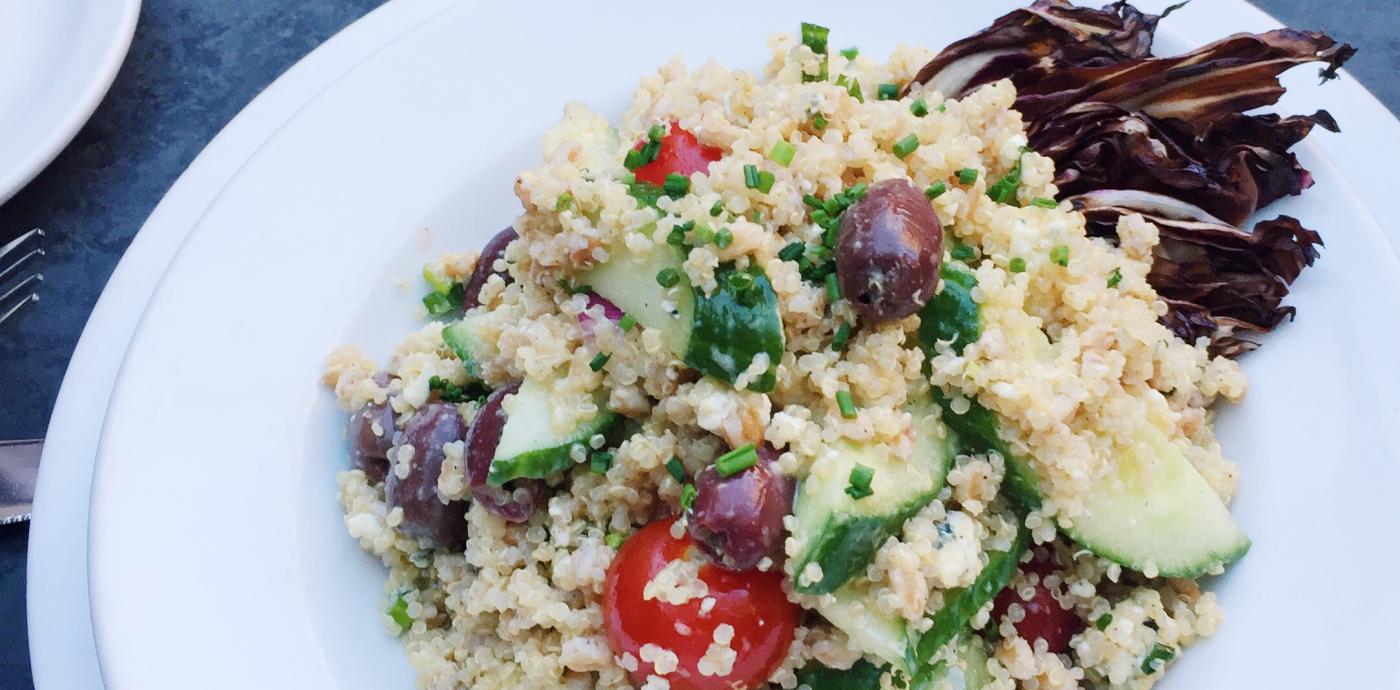Share This
In a welcome testament to good karma, evidence is piling up that healthier food, like whole grains, can also reap healthier profits for restaurants, schools and other foodservice establishments.
A new study in the American Journal of Preventive Medicine, which analyzed school lunch revenues and participation data from 11 school districts in Massachusetts, found that while schools experienced an initial dip in revenue the first year they implemented the healthier school lunch standards, long-term revenues were actually not impacted. In fact, after the second year, school lunch participation actually increased by 15% among students eligible for reduced price lunches.
While school districts are mandated to follow federal nutrition requirements for health reasons, other foodservice operators are adding whole grains for their flavor and appeal – and are riding the coattails of this food revolution all the way to the bank. At our Whole Grains Away from Home conference last month, Teresa Perretta, the VP of Ohio sushi chain FUSIAN, explained how offering brown rice sushi allowed FUSIAN to expand business into local school districts, since the brown rice helps the dish qualify for National School Lunch Program regulations. FUSIAN then added the brown rice option to their regular restaurant menu, and quickly found about half of their customers preferred brown rice to white.
Although whole grains can sometimes be more expensive than their refined counterparts, they offer a distinct, marketable value: a small additional expense can lead to big additional profits. After healthy fast food chain b.good added a selection of kale and grain bowls to the menu in late 2013, chef and co-founder Tony Rosenfeld reported at our conference that overall company sales increased by 25%.
That said, embracing whole grains is also a useful strategy to cut food costs, since the most expensive part of the plate is usually protein (meat, fish, poultry, etc.). Historically, many chefs have started with protein, then added sides. But today, Americans are moving away from a meat-based diet, and chefs are getting away from “3 pile food.” This also helps chefs make room for higher quality proteins, such as local, pasture-raised hens or wild-caught fish, without the burden of needing to fill up the entire plate. Consider spelt pasta or farro risotto, for example. Chefs can augment that with a small portion of beef or fish, but the bulk of the meal is grain based, and it’s richly satisfying.
Better for business and better for public health don’t often overlap so neatly, which makes these trends all the more scrumptious. Whole grain dishes are great for the bottom line, and are the perfect place to start, for restaurateurs looking to capitalize on the movement towards more nutritious cuisine. (Kelly)


Add a Comment